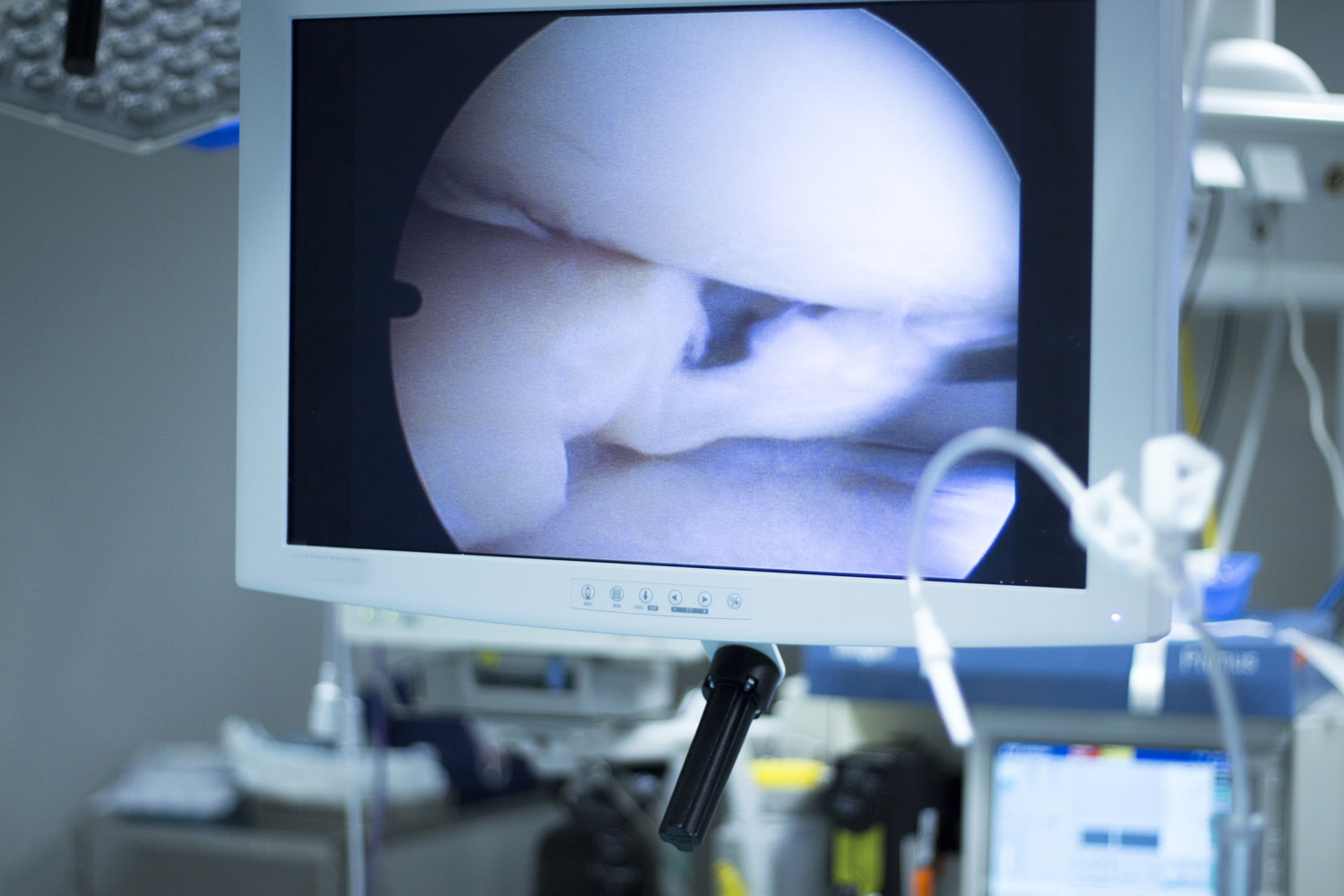Other Services
- ARTHROSCOPIC SURGERY
- KNEE ARTHROSCOPY
- KNEE ARTHROSCOPY
- MENISCUS REPAIR SURGERY
- ANTERIOR CRUCIATE LIGAMENT TEAR
- RECONSTRUCTION – INSTABILITY OF THE LATERAL COLLATERAL LIGAMENT-POSTEROLATERAL CORNER OF THE KNEE
- PATELLAR INSTABILITY, MPFL RECONSTRUCTION
- OSTEOTOMIES AROUND THE KNEE
- TREATMENT FOR TALUS CHONDRAL LESIONS
- REVISION SURGERY AFTER ANTERIOR CRUCIATE LIGAMENT RECONSTRUCTION
- POSTERIOR CRUCIATE LIGAMENT RECONSTRUCTION SURGERY
- TROCHLEOPLASTY – TROCHLEA DYSPLASIA – PATELLA DISLOCATION
- SHOULDER ARTHROSCOPIC SURGERY
- RADIOCARPAL ARTHROSCOPY
- ANKLE ARTHROSCOPY
- ANKLE OSTEOCHONDRAL LESIONS
- HIP ARTHROSCOPY
- KNEE ARTHROSCOPY
- ARTHROPLASTIES / ROBOTIC ORTHOPEDICS
- SPORTS MEDICINE
- ORTHOBIOLOGIC THERAPIES-REGENERATIVE ORTHOPEDICS
- PELMATOGRAM
- “BIOLOGICAL KNEE” (BioKnee)
- FRACTURES
Emergency Cases

OVERVIEW AND APPLICATION Regarding the largest, more complex and more strained joint of the human body, which is no other than the knee, surgery has made remarkable strides over the last decades, and arthroscopy has almost completely replaced the conventional arthrotomy. It is about a minimally invasive method, and one of the most common orthopaedic procedures: A study published in The BJM in May 2017 underlines that more than 2 million knee replacements are performed annually, worldwide. In the USA alone, their annual cost amounts to $ 3 billion.
ADVANTAGES During this specific surgery, the surgeon can see the joint without making a large incision – this is why arthroscopy has begun to be used for diagnostic purposes. The arthroscope (which is nothing but a small camera) will offer a clear picture and will “guide” the surgeon as it will show the lesions in ligaments, tendons, the articular cartilage or the synovial membrane. Regarding the knee, the option of arthroscopy is suggested if the patient does not respond to conservative therapy and the pain persists, as a consequence of the disruption of the cruciate ligaments or a disruption of the meniscus, patellar dislocation, cartilage lesions, conditions of the synovial membrane, arthritis etc.
SURGICAL PROCEDURE Evolution in surgical techniques and the simultaneous improvement of medical equipment now allow for the correction of many intra-articular problems, depending on the patient’s medical history. Based on the image given by the arthroscope, special pencil-thin instruments are inserted into the joint through two or more small incisions to treat the existing pathology.
WHAT TO EXPECT AFTER SURGERY Since it is about a small-incision surgery instead of the conventional large incision of an open surgery, less post-operative pain for the patient is observed, the joint is less stiff, and the return to the living habits takes place much sooner. On the next day after surgery, the patient can start a complete physiotherapy programme, under the guidance of the orthopaedic surgeon. Most patients, after a knee arthroscopy, return to their day-to-day activities, and if we are talking about athletes, they may also return to the playing fields. If there is no ligament reconstruction, the return period is around 2-3 weeks, perhaps even earlier. If we are talking about a patient who does a physically demanding work, then, perhaps a longer recovery period may be required. Finally, some patients need to change habits in order to protect the joint - for example, they may be asked to quit running for the sake of swimming or cycling.
Second Opinion
Are you sure about the diagnosis and the treatment that has been suggested to you? Fill in the form below to request a second opinion from Dr. Konstantinos Indzoglou.
Appointment
And we will contact you!

Add testimonial description here. Edit and place your own text.
John Doe
Codetic

Add testimonial description here. Edit and place your own text.
Jane Doe
Codetic
Lorem ipsum dolor sit amet, consectetur adi pisicing elit, sed do eiusmod tempor incididunt ut labore et dolore magna aliqua.

